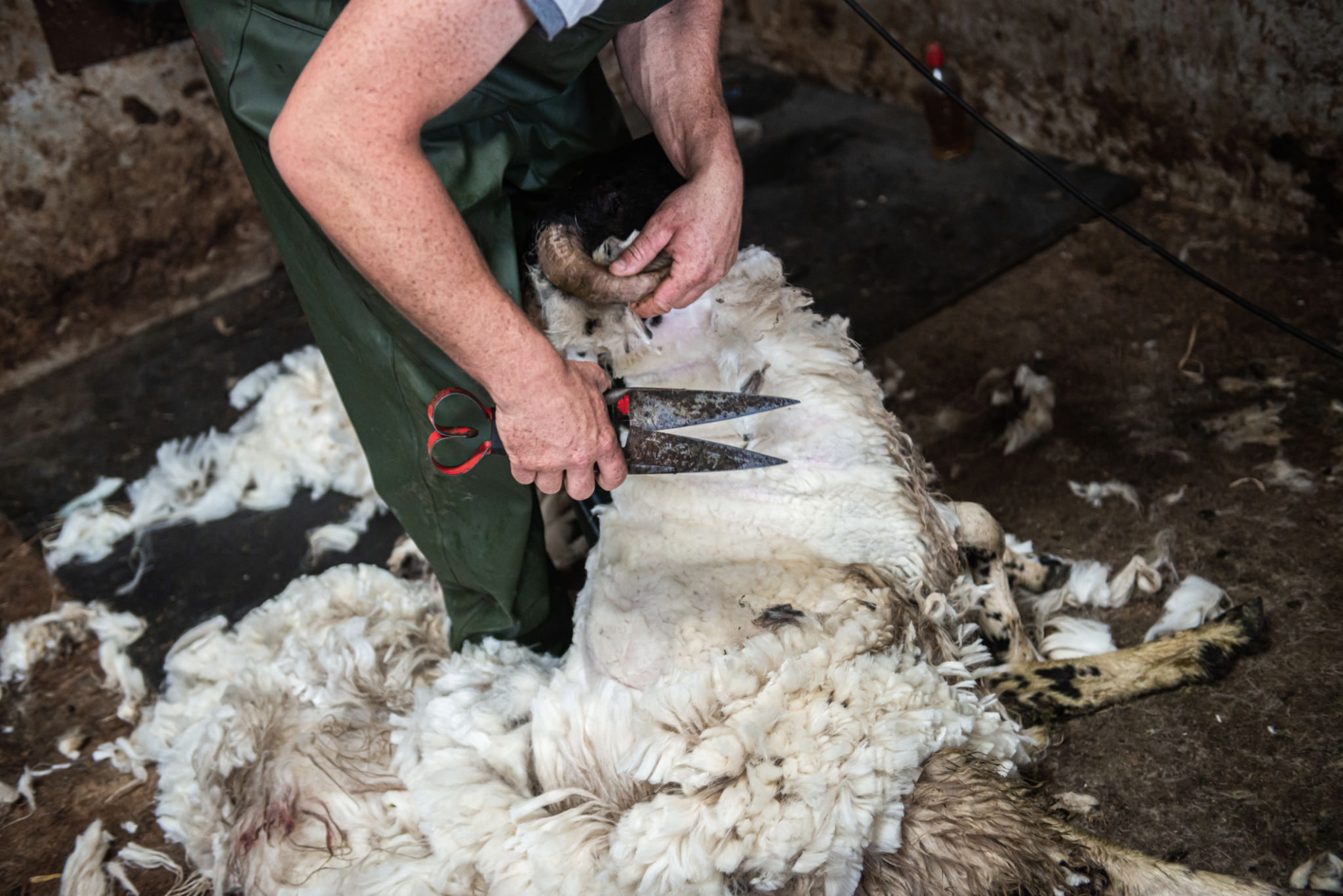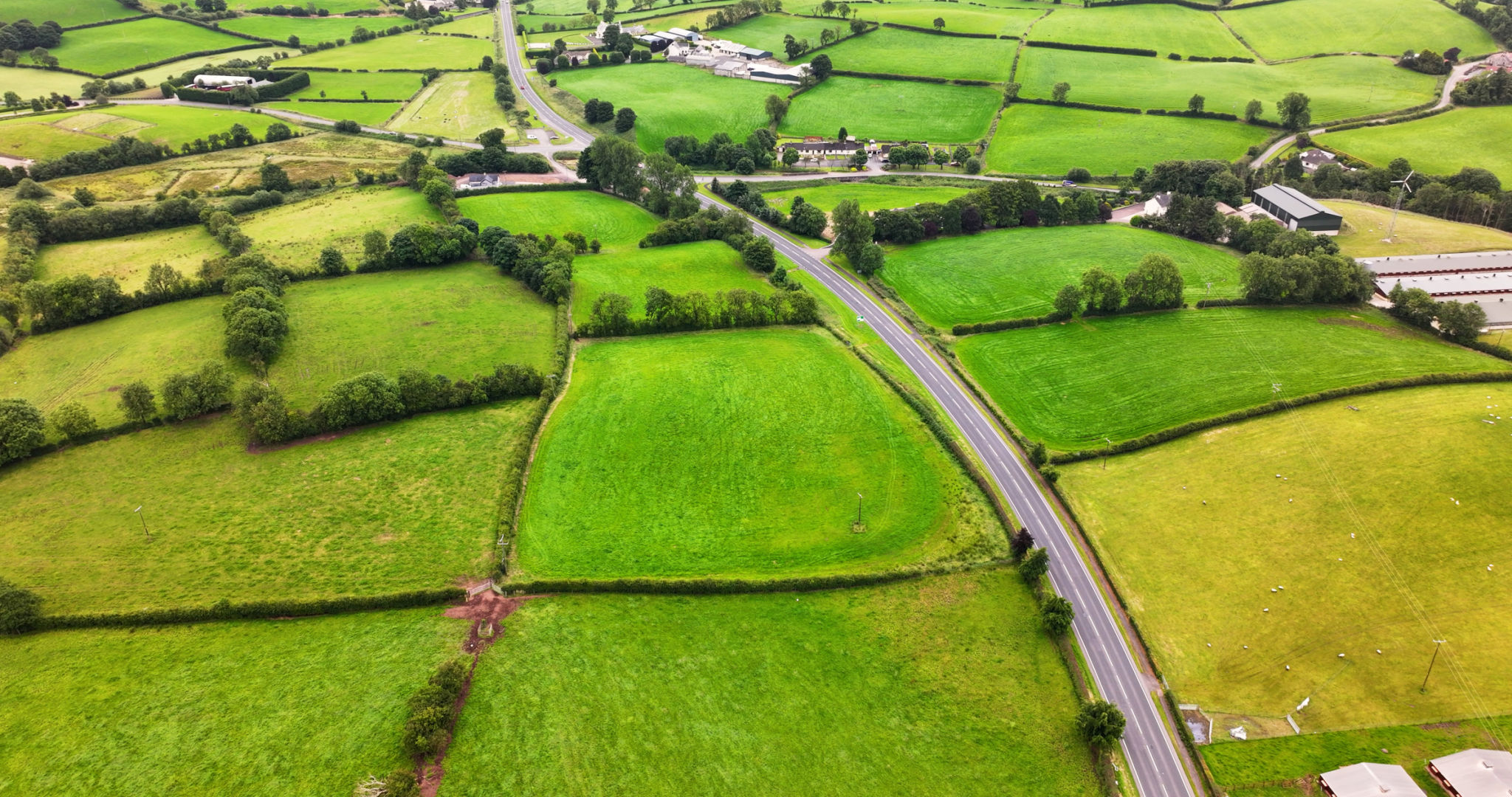The One-Person Irish Farm: Strategies to Manage Labour Shortages
Introduction
If you’re farming on your own in Ireland, you’ll know it’s not for the faint-hearted. You’re part herdsman, part mechanic, part accountant, and sometimes even part vet, all in the same day. This is how many Irish farms have always been run, but in 2025 the strain is showing. Labour is scarce, help is costly, and more often than not, the whole thing falls back on one set of shoulders, yours.

The Scale of the Problem
Irish farming still runs mostly on family hands. About 87% of all people working on farms are either the holder or a family member, with only 13% coming from regular outside workers. That’s very different from many other countries where hired labour is more common.
But the age profile is where the real squeeze is. The average farm holder is now 59.4 years old, and nearly 38% are already over 65. Just 4.3% are under 35. That’s not just a statistic; it means fewer younger farmers in the yard and fewer neighbours of the same age to call in when the work piles up.
And hiring isn’t exactly straightforward. A full-time worker costs €32,000–€38,000 in wages, but when you add PRSI, insurance, and maybe accommodation, it easily passes €35,000 a year. On a dairy farm that might be barely manageable, but on a suckler farm, where average incomes hover around €10,000, it’s completely off the table.

The Day-to-Day Strain
Ask any one-person farmer and they’ll tell you: the days are long. An 80-cow herd means about 160 milking sessions, with calf rearing, dosing, grass measuring, and paperwork squeezed in between. A good week can still run to over 50 hours, and that’s without a breakdown or a burst pipe in the middle of it.
It also makes everyday life tricky. Want to get away for a wedding, or even a hospital appointment? That can mean weeks of planning just to cover a few hours. For many, “time off” is something that happens to other people.

How Farmers Are Coping
Despite all that, farmers are nothing if not resourceful. Some of the most common fixes we see include:
- Contracting out the heavy work; Over 85% of first-cut silage is now done by contractors, along with slurry, reseeding, and hedge cutting. It saves time, diesel, and the bother of keeping big machines updated.
- Trimming stock numbers; Some dairy farmers are pulling back by 10–15 cows. It takes pressure off without hitting profit too hard. On beef farms, it often means stepping back from marginal ground.
- Investing in small labour-savers; Not everything has to be high-tech. A backing gate, automatic take-offs, or even just better yard lighting can cut accidents and shave hours off the week. A few thousand spent here can pay itself back quickly.
- Leaning on neighbours; Informal swaps, a relief milking, a feed run, checking calves, are still what keep many one-person farms ticking when life throws up something unexpected.

The Policy Gap
Rules and paperwork keep growing. The nitrates derogation cut to 220 kg N/ha in 2024 has meant more slurry storage, more planning, and more time at the desk. Yes, TAMS grants help with some investments, but grants don’t add hours to the day.
Succession is another weak spot. Fewer than half of Irish farmers have a formal plan in place, and with so many in their 60s and 70s, the question of “who’s next?” is getting harder to dodge.

What the Next Few Years Look Like
Looking ahead, the picture is mixed;
- The age gap will widen; With nearly 38% of farms held by someone over 65 and so few younger farmers coming through, the one-person model will only get more demanding. Ireland’s wider workforce is ageing too, so relief labour won’t get easier to find.
- Farm incomes are improving; However, they are doing so unevenly. After a tough 2023, average farm income climbed back to just under €36,000 in 2024. Teagasc expects that to rise again in 2025, with averages around €48,500. Dairy looks set to remain strong, and cattle-rearing farms could jump to €25,000 (an 85% lift), but many smaller beef and sheep farms will still be tight.
- Uncertainty remains; Around two-thirds of farmers say they’ll keep going for the next five years, but nearly a quarter are unsure. That hesitation says a lot, the workload is wearing, and plenty are weighing whether it’s still worth it.

Conclusion
Ireland’s one-person farms are still the backbone of the countryside, but the strain is real and growing. The age profile is climbing, the costs of hired help are steep, and the rules are piling up.
That doesn’t mean the model can’t work. Contracting out the heavy jobs, trimming the system to fit the hours, stacking up small labour-savers, and leaning on the neighbour network all help. But longer-term, the question isn’t just about surviving another year, it’s about whether the next generation will be there to carry the work forward.
The money might be improving in parts of the sector, but the hours aren’t. For the one-person farmer, that means planning smart, protecting your time, and thinking ahead, because no one can do it all forever.
*By Anne Hayden MSc., Founder, The Informed Farmer Consultancy.
